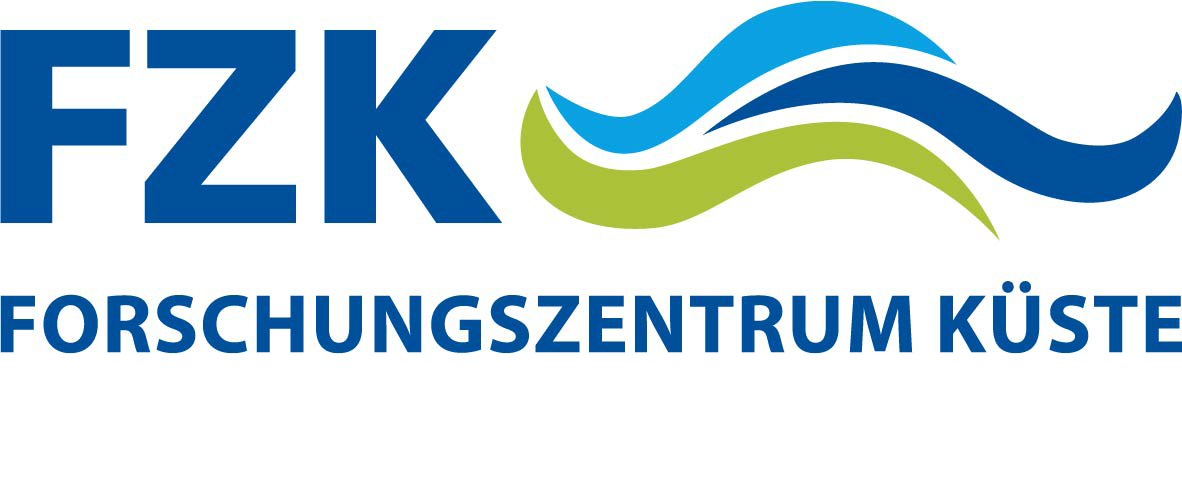Impact of Changes in the Foreshore on Coastal Defence Performance
 © Forschungszentrum Küste
© Forschungszentrum Küste
| Leitung: | Dr. Riccardo Briganti |
| E-Mail: | Riccardo.briganti@nottingham.ac.uk |
| Jahr: | 2016 |
| Förderung: | HYDRALAB+ - Transnational Access |
| Laufzeit: | 29.08.2016 - 18.11.2016 |
Scientific Background
In natural/engineered flood defence systems, the response to storms of either the natural or the engineered component influences the other. Changes in the beach profile modify wave propagation and, in turn, the wave conditions at the toe of the structure that determine wave loads and overtopping. Conversely, the presence of the structure alters the near-field beach profile.
The role of the evolution of the foreshore in influencing wave loads and overtopping is even more evident in storm clusters. When consecutive storms are separated by intervals of time too short to allow the beach to recover, the capability of the foreshore to act as natural defence is diminished, in turn wave overtopping and loads may increase significantly.
Objectives of the experiments
The proposed experimental investigation focus on the analysis of the influence of bed mobility on wave overtopping and wave loads on a flood defence structure. The aims of the project are:
- To improve the fundamental understanding of the interaction between the flow, foreshore and engineered flood defences.
- To quantify the effect of the intra-storm bed mobility on the magnitude of the overtopping and on the forces exerted on the structure. The role of both foreshore evolution and local scour will be investigated.
- To quantify the effect of previous storms on the performance of the system during a subsequent storm that occurs shortly after another, without allowing beach recovery.
- To quantify the uncertainty in numerical modeling of wave overtopping and wave forces on structures introduced by the uncertainty in the bed evolution.
- To provide a benchmark case to improve future numerical models capability of predicting overtopping and forces at coastal defences during storms.
Model setup and measurements
The tested layout is designed based on a typical European waterfront. It consists of a steep sloped (10/1) seawall and a sandy foreshore with an initial 1/15 slope.
During the experiments all the main hydro- and morphodynamics parameters are measured. Resistive and acoustic wave gauges are used to measure the surface profiles, wave reflection and the run-up on the beach. A laser scanning system is used to independently measure flow depth and run up within the surf and swash zones, as well as to have a detailed survey of the bed close to the structure. A video-camera is used to identify individual overtopping events. An overtopping gravimetric tank is located behind the seawall to measure wave overtopping. An array of pressure transducers is used to measure the forces exerted by the waves on the wall. Velocity measurements are acquired by means of Acoustic Doppler Velocimeters (ADVs) along the beach profile. They are co-located with Acoustic Backscatter Sensors (ABSs) in order to obtain measurements of the suspended sediment transport. Measurements of the beach profile along the middle axis of the flume are obtained at the start of the experiment and at the end of each sea state by means of a mechanical 2D profile scanner fixed to a mobile platform. Pore pressure is measured with pressure transducers to monitor the water table within the beach.






